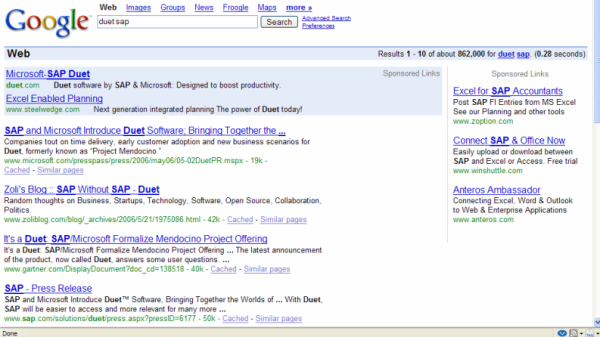Why is it that all the blogs I follow are pushing the very same tired Lenovo ad in their feeds? ![]()

C’mon guys, you can do better… if you insist on advertising, at least let’s have some variety!![]()
Tags: blogging, ads, advertising, blog advertising, blog marketing, feed ads, blog feeds




 ed across the Charles River.
ed across the Charles River. 
 You Know Wikis Have Arrived When …. they become the feature post in your regular junk mail – this time from an Executive Recruiter firm:
You Know Wikis Have Arrived When …. they become the feature post in your regular junk mail – this time from an Executive Recruiter firm: Now that the Blue Frog is
Now that the Blue Frog is 

Recent Comments